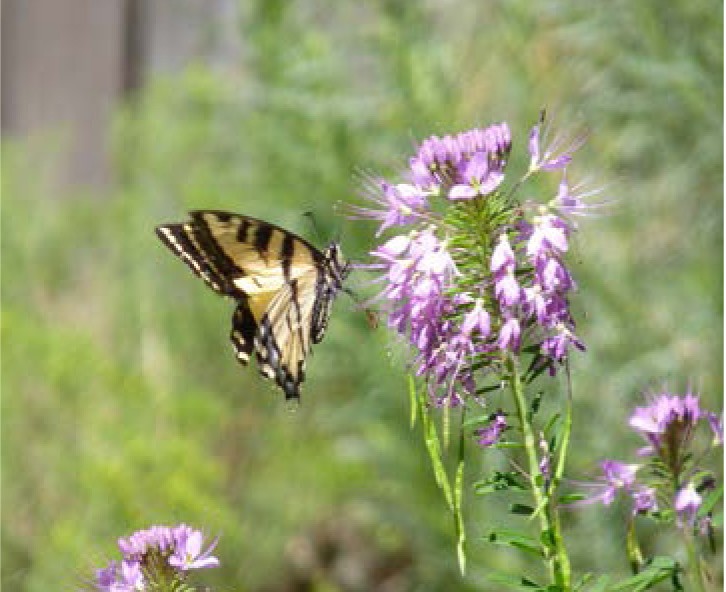Local native plants for home and commercial landscapes

VALLEY — Following is information compiled and shared by the CSU Extension Service regarding planting native plants at higher altitudes, such as those in the San Luis Valley.
There are many benefits to using Colorado native plants for home and commercial landscapes. They are naturally adapted to Colorado’s climates, soils and environmental conditions. This means that by choosing native plants gardeners can work with nature, rather than trying to grow plants that are not suited to local conditions and may prove to be difficult to work with.
When correctly sited, natives make ideal plants for a sustainable landscape. Native species require less external inputs such as water and fertilizer, and are more resistant to pests and disease when the planting site mimics the plant’s native habitat. Landscape water use accounts for about 55 percent of the residential water used across the state of Colorado, most of which is used on turf. Planting less-thirsty natives could lessen the burden on water systems.
Gardening with native plants also prevents the introduction and spread of noxious weeds. Many noxious weeds were intentionally introduced as garden plants that belatedly were found to escape the confines of the garden and crowd out native plants.
Colorado mountain soils, on average, are fairly low in organic matter. The good news is that native plants usually can be successfully grown in unamended soils. This is because natives do not require nutrient rich, high organic content soil, and can often become overgrown or short lived in such soils. To amend excessively well-drained sandy or rocky soils, add 3 percent compost by volume. It may be beneficial to test the soil before planting, especially on a larger project. Soil testing kits are available at your local CSU Extension office.
Native plants often do not need much maintenance; just the usual pruning of dead or diseased material, and cutting back perennials in the spring. Leaving seed heads on the plants in the fall will not only provide a feast for birds, and protect caterpillar eggs and chrysalises, but will increase plant hardiness and winter interest. Native plants typically do not require fertilizer. Some tasks, such as weeding and deadheading, require the same time investment for native plant gardens as for gardens with non-natives.
Plants will need to be watered for at least the first season, with the most critical time being the first three weeks after planting. Once they are established, water can be cut back gradually. After establishment, some natives can be taken off irrigation completely.
Providing habitat for songbirds and pollinators is one of the great pleasures of gardening with native plants. To maximize habitat for pollinators, plant a diversity of plants, and aim to provide the longest possible season of bloom.
Birds use native plants for food and shelter, but insects are an overlooked and crucial part of many bird’s diets. Far more insects will develop on native plants than exotics, providing food for birds during the critical nesting season. Consider planting a ‘thicket’ of berry- producing shrubs. If planted in the direction of the prevailing wind, this thicket can also provide a space of calm air for butterflies.
Visit the Colorado Native Plant Society website at http://www.conps.org



